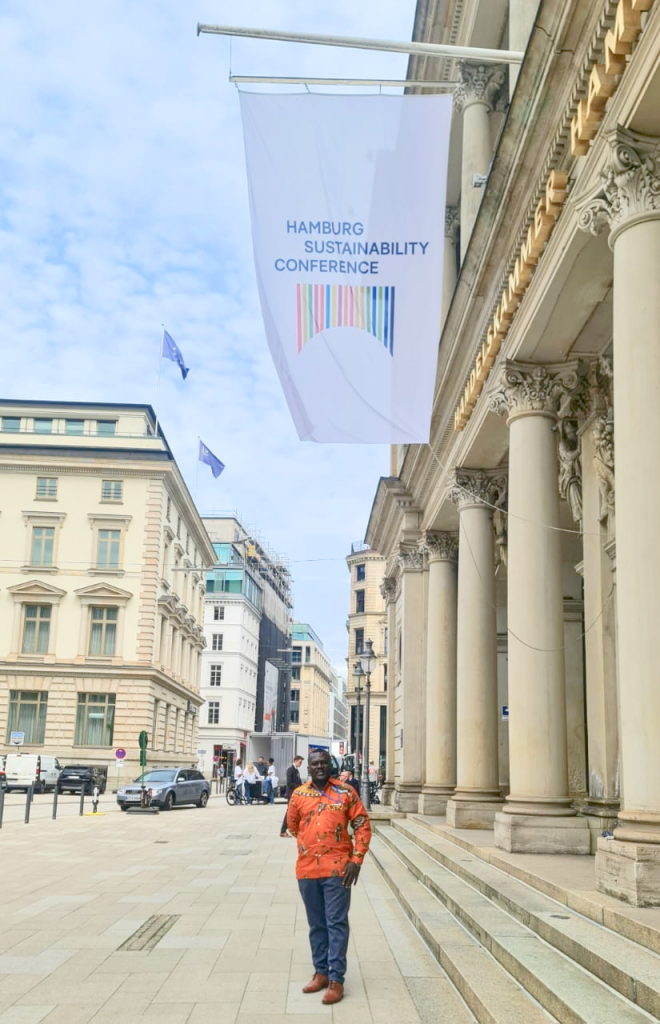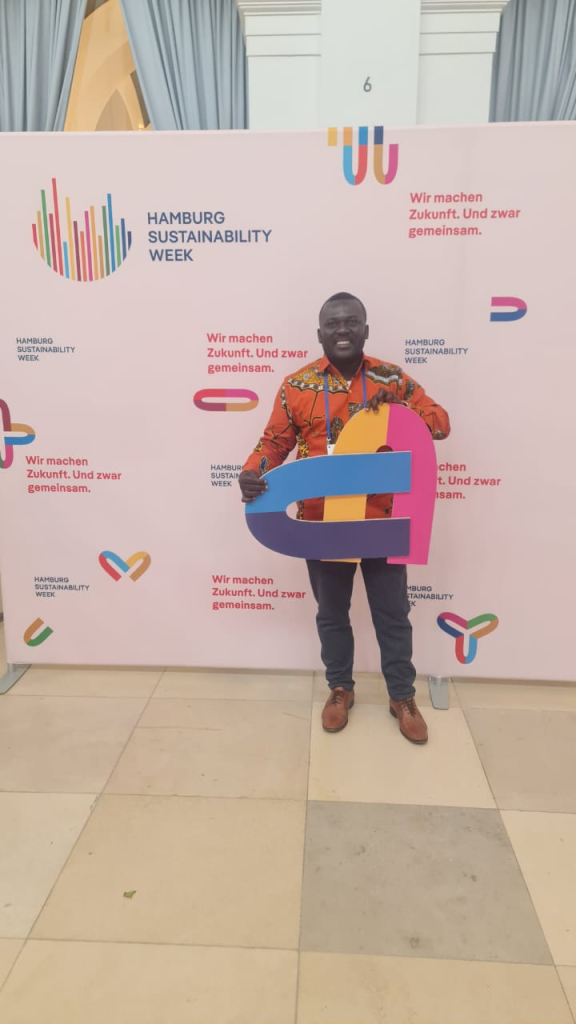As the world grapples with the dual challenge of climate change and urban growth, cities everywhere are rethinking how to balance development with green spaces. At the 2025 Future Economy Day of the Hamburg Sustainability Conference, one message rang clear: sustainable cities of the future will not be built by pushing nature to the periphery, but by weaving it into the heart of the urban experience.
This message carries important implications for Ghana’s own urban planning debates—particularly, the growing calls to relocate the Kumasi Zoological Gardens from its iconic location in the city centre to the outskirts.
While the arguments for relocation often emphasize congestion, development potential, and space limitations, a deeper look at global urban sustainability trends—and the original intent of the Kumasi Zoo—suggests that keeping the zoo in central Kumasi is not only desirable but essential for the city’s ecological identity, cultural continuity, and liveability.

Hamburg’s Message: Cities Thrive When Nature Is Central
The Future Economy Day in Hamburg showcased how cities like Hamburg, Amsterdam, and Melbourne are actively bringing green spaces closer to people, not farther away. Urban parks, pocket forests, community gardens, and biodiversity corridors are being embedded directly into downtowns and residential neighborhoods.
These interventions aren’t just aesthetic. They provide vital ecosystem services: cooling overheated city centers, filtering air, improving mental health, and serving as climate adaptation buffers. They also create accessible spaces for education, recreation, and civic interaction.
This global trend affirms what Kumasi already possesses—a rare gem in the middle of the city.

The Kumasi Zoo: A Legacy of Urban Greening
Established in 1957, the Kumasi Zoo was designed not only as a conservation space, but as a living embodiment of Kumasi’s identity as the “Garden City of West Africa.” It occupies a unique role in the city’s urban fabric, serving as one of the last significant green lungs within the central business district, adjacent to Kejetia Market and Manhyia Palace.
Relocating the zoo would not only disconnect thousands of urban dwellers from daily contact with nature, but risk replacing it with concrete, commercial sprawl, or dense real estate — a fate that many cities now regret after losing inner-city green space.
Accessibility and Urban Equity
One of the key arguments from the Hamburg deliberations is the need for equitable access to nature. Urban green spaces should be reachable by foot or short public transport trips—not reserved for those who can afford to travel to the outskirts.
The Kumasi Zoo’s central location ensures that schoolchildren, traders, tourists, and families across socioeconomic levels can interact with biodiversity, learn about conservation, and take a break from the chaos of the city. Relocating it risks creating a green space only accessible to the elite or occasional visitors.
A Living Lab for Urban Sustainability
Instead of relocating the zoo, why not reimagine it as a hub of urban sustainability and education?
With strategic investment, the Kumasi Zoo can evolve into a green innovation precinct — integrating environmental education, eco-tourism, research on urban biodiversity, and sustainable landscaping practices. It could host exhibitions on climate change, offer nature therapy spaces, and partner with schools and universities as a real-world learning lab.
This would align strongly with Ghana’s commitments under the National Urban Policy Framework and the Sustainable Development Goals, especially SDG 11 (Sustainable Cities) and SDG 15 (Life on Land).
Development Without Displacement
The false dichotomy that Kumasi must choose between economic development and central greenery must be challenged. Hamburg and other cities are proving that green and growth can coexist — when guided by smart urban planning.
Rather than displacing the zoo, Kumasi could invest in enhancing its linkages to surrounding infrastructure — integrating walking trails, upgrading facilities, using eco-friendly design, and ensuring the space serves both conservation and urban recreation.
Conclusion: A Green Heart for a Growing City
The future economy, as emphasized in Hamburg, is green, inclusive, and people-centered. Kumasi already has a head start — a central green oasis in the form of its zoo.
Relocating it would not only erase a critical piece of the city’s heritage, but rob it of an irreplaceable asset for its future.
In an era where cities are spending millions to reintroduce nature into urban cores, Kumasi must recognize what it already has — and build forward, not outward.
By: Yaw Adu-Gyamfi
Yaw Adu-Gyamfi is the Co-founder of Center for Social Innovations (CSI, and the Chairperson of the Ghana Hubs Network (GHN), a mission driven association of nearly 100 innovation, technology and entrepreneurship hubs and a sustainability practitioner with over 15 years of experience leading initiatives and partnerships aimed at leveraging innovation, tech and entrepreneurship as enablers of development. He can be reached via chairperson@ghanahubsnetwork.com

